Prada Logo Design: History & Evolution

Image Source: https://www.prada.com | Image Courtesy: Prada
When it comes to iconic fashion logos, Prada is a name that tops the list. For graphic designers and branding enthusiasts, understanding the Prada logo design isn't just a luxury—it's a masterclass in simplicity and timeless elegance. As fashion-forward as the Milanese streets it was born on, the Prada logo is a prime example of design that's been able to evolve while retaining its core essence. But how did it get here? What's the history behind those elegantly arranged characters, and how has the design evolved over time to keep up with changing trends and consumer expectations? Buckle up, design aficionados, because we're about to take a deep dive into the history and evolution of Prada's iconic visual identity. You'll get insights into its conception, tweaks, and the strategy that keeps it relevant today.
Whether you're a seasoned graphic designer or a student looking to dissect design brilliance, this article will guide you through the intricacies of the Prada logo design. So, grab your sketchbook and a cup of your favorite brew, and let's unravel the threads of this fashion-forward design tale.
Prada Logo Design History
1913 (1st Design)
Let's delve into the fascinating history of Prada's first-ever logo design from 1919. Graphic designers and branding experts, you'll find this a rich case study in how historical context and smart design choices can elevate a brand's visual identity.
Before we get into the nitty-gritty details of the Prada logo design, let's talk about its royal beginnings. Picture this: the year is 1919, and Prada has just been named the official supplier to the Italian royal family. In design language, this is the equivalent of hitting the jackpot. This honor allowed Prada to incorporate elements from the House of Savoy's heraldry into its logo. Talk about a dream come true for any designer! This was a pivotal point in the brand's history, setting it apart from competitors like Gucci, who couldn't claim such an aristocratic connection.
Now, let's break down the elements that made the 1919 Prada logo so unique and rooted in historical prestige. The design cleverly included two key components from the House of Savoy's heraldry: the coat of arms and the rope. But Prada didn't just stop there. They also incorporated their own wordmark into the design. This was a brilliant blend of old-world regality and contemporary branding, capturing the essence of the Prada brand in one iconic image.
For those of you keen on heraldry in design, the inclusion of the coat of arms was a significant nod to the brand's royal patronage. The coat of arms symbolized a level of quality and exclusivity that very few could match. It was as if every item sold under this logo was given a royal seal of approval.
The rope element was equally intriguing. In heraldic terms, ropes often symbolize unity and strength, which are qualities any brand would want to be associated with. The presence of the rope not only aligned with the House of Savoy's values but also subtly communicated the craftsmanship and durability that Prada products offered.
Now, let's talk strategy. Adding royal emblems to their logo wasn't just a design choice; it was a strategic masterstroke. By aligning itself with royal insignia, Prada instantly elevated its brand value and set itself on a different plane from its competitors. The logo practically screamed luxury, exclusivity, and high quality. In an era where branding was still in its infancy, this was a particularly bold and brilliant move, allowing Prada to carve out a niche that few could rival.
So, there you have it, folks—a deep dive into the 1919 Prada logo design, a stellar example of how a logo can encapsulate a brand's history, ethos, and market positioning. For graphic designers out there, this case study is a testament to the power of strategic design choices and contextual influences.
Whether you're sketching out your next big design or simply appreciating the nuances of iconic brand identities, remember that each element you choose carries weight and history. The 1919 Prada logo wasn't just a pretty picture; it was a well-thought-out narrative captured in a visual frame, a story that continues to resonate today.
So, the next time you're grappling with a design project, think about the Prada logo design. Let it remind you that sometimes the best designs are those that understand their past while keeping an eye on the future.

Image Courtesy: Prada
1913 (2nd Design)
Let's journey back to 1913 and explore Prada's second major iteration of its logo design. Graphic designers, brand strategists, and visual thinkers, this one's a perfect study on the power of simplicity and timely evolution in logo design.
While the first Prada logo was a grand affair, bedecked with royal elements like the coat of arms and rope from the House of Savoy, the 1913 version stripped all of that away. It was a radical shift, akin to a monarch suddenly trading in their crown jewels for a clean, monochrome t-shirt. Gone were the heraldic symbols and even the banner shape that once housed the design elements. What remained was a simple, elegant wordmark. So why did Prada decide to make such a drastic change?
Prada's shift towards a more minimalist logo design in 1913 can be seen as a forward-thinking move. Keep in mind, this was a time when Art Deco and other complex styles were making waves in the design world. In such a scenario, opting for a minimalist logo went against the grain and showed that Prada wasn't afraid to differentiate itself. For all the graphic designers out there, you know that simplicity often trumps complexity when it comes to creating an enduring, versatile logo. And Prada nailed it.
The decision to keep only the wordmark should not be underestimated. While images and symbols can be powerful, there's something to be said for the name itself standing alone, especially when that name is "Prada." This turn towards text-only in the logo design highlighted the brand name as the main symbol of luxury and quality, making the brand instantly recognizable. It's a lesson in how sometimes less really is more when it comes to impactful branding.
Let's get into the strategy behind this shift. There are moments when associations with the past can hold a brand back. Though the royal connection gave Prada a prestigious kickstart, sticking to those heraldic symbols could have pigeonholed the brand into a very specific narrative. The fashion landscape was changing, becoming more global and diverse, and the Prada logo design needed to evolve to reflect that. It needed a design that would be as effective on a Milan runway as it would be in a New York boutique or a Tokyo department store. The simplified wordmark achieved this by being both elegant and universally understandable.
When you think of the Prada logo today, it's the 1913 wordmark that comes to mind. This is a testament to its timelessness and adaptability. It's easy to fit on labels, bags, and even the edgiest fashion accessories. It proves that a well-thought-out design doesn't have to be complicated to make a lasting impression.
So there you have it, the story of how Prada transitioned from a logo steeped in royal heritage to a minimalist masterpiece in 1913. For aspiring graphic designers, this is a masterclass in the art of rebranding, showing how to navigate from a more complicated visual identity to something clean, modern, and endlessly adaptable.
Remember, whether you're working on a new project or updating a classic, the Prada logo design offers a timeless lesson: A well-designed logo isn't just an image but a strategic tool that can evolve over time while retaining its essence.

Image Courtesy: Prada
Analysis: Prada Logo Design Evolution
Let's take a trip down the fascinating road of Prada's logo design evolution. From its regal beginnings to its iconic simplicity, this is a journey that's as versatile and exciting as a designer's color palette. Graphic designers, whether you're an aspiring novice or a seasoned vet, you're sure to pick up a lesson or two from this ever-evolving tale of branding excellence. So let's dive in, shall we?
The Royal Beginnings and Strategic Positioning
The inception of the Prada logo was nothing short of royal, literally. Armed with a coat of arms and a rope from the House of Savoy's heraldry, the initial design was a strategic choice to position Prada as a high-end brand. This made Prada a luxury symbol right from the get-go, allowing it to stand toe-to-toe with other high-end competitors. A brilliant move to immediately grab market attention.
The Shift to Minimalism
By 1913, the Prada logo went through a major overhaul, shedding its royal elements for a cleaner, text-only wordmark. This wasn't just a design change; it was a strategic repositioning to align with a global audience. By keeping it simple, Prada managed to make its logo universally appealing—a vital lesson for any graphic designer aiming for a broader reach.
The Importance of Typography
Typography nerds, here's where it gets interesting. The decision to focus solely on the wordmark also drew attention to the typeface itself. The choice of type can make or break a logo, and Prada’s simple, sans-serif lettering has withstood the test of time. It’s a lesson in how the right typeface can convey a brand’s values — in this case, luxury and simplicity — without saying a word.
Versatility & Adaptability
One of the hallmarks of a great logo is its adaptability, and Prada’s is a textbook example. The simplicity of the 1913 design ensures it fits perfectly across all mediums — from high-end fashion tags to digital ads. Graphic designers, take note: designing a versatile logo that can easily adapt to different platforms is a key element of enduring branding.
Staying True to Core Identity
Despite the dramatic changes, the core identity of Prada has remained intact through its logo evolutions. From its royal beginnings to its modern minimalism, the Prada logo has always conveyed luxury, quality, and exclusivity. This consistency is what makes it a winner in the long run. It’s a reminder that even when the elements of a logo change, its essence should remain the same.
So, as we wind up this analytical joyride through the evolution of the Prada logo design, let's appreciate the meticulous choices and strategic thinking that went into creating and maintaining this iconic brand identity. Whether you're sketching your first logo or your fiftieth, remember that each design choice is a building block in the brand’s narrative. Choose wisely and happy designing!

Image Source: https://logo.com/blog/prada-logo | Image Courtesy: Prada
The Philosophy & Meaning Behind Prada Logo Design
Alright, fellow designers, now that we've journeyed through the timeline and dissected the elements of the Prada logo design, how about we take a step back to look at the bigger picture? What’s the philosophy and meaning behind this iconic mark? Strap in, because we're about to go a level deeper into what makes this logo not just aesthetically pleasing, but intellectually compelling as well.
Elegance in Simplicity
We've said it before, but it's worth repeating: simplicity is king. The Prada logo is an epitome of minimalist elegance, and that’s no accident. It reflects the brand’s approach to fashion—luxurious but never loud, refined but not ostentatious. For graphic designers, it's a reminder that sometimes, less truly is more when conveying complex ideas like luxury and sophistication.
Universal Appeal
Prada’s choice to strip down its logo to a text-only design wasn’t just about minimalism; it was about universal recognition. By ditching the royal heraldry, they crafted a logo that could speak to a global audience. It’s a potent lesson in how design choices can have far-reaching implications beyond just aesthetics.
Quality Over Quantity
The Prada logo’s use of a straightforward wordmark also speaks to the brand’s focus on quality over quantity. There are no frills or extra elements to distract from the name, which is a statement in itself. It tells the consumer, "We stand by the quality of our name." This level of confidence in a brand’s own quality is something every designer can aspire to convey in their projects.
Exclusivity Through Simplicity
Interestingly, the simplicity of the Prada logo design also lends an air of exclusivity. There’s an unspoken understanding that if you 'get it', you’re part of the club. It serves as a sort of secret handshake among those in the know, and as designers, crafting such understated yet powerful symbolism is the Holy Grail of branding.
Evolution While Maintaining Essence
As we’ve seen, the Prada logo has evolved, yet it’s never lost its core essence. It’s moved from royal flair to global minimalism without losing its aura of luxury and quality. This philosophy of change-without-change is a mantra that designers can adopt in their own work, keeping the essence constant while allowing for flexibility in form.
In wrapping up, the Prada logo design is more than just a pretty face; it's a masterclass in branding philosophy. From simplicity and universal appeal to a steadfast focus on quality, there are layers of meaning and strategy that designers can glean from this iconic mark. So next time you're puzzling over your sketchpad, remember: great design is not just about how it looks, but what it means. Cheers to more thoughtful designing!

Image Source: https://www.prada.com | Image Courtesy: Prada
What Can We Learn from Prada Logo Design
So we've talked about the Prada logo's history, analyzed its evolution, and dived into its philosophy. But what's the takeaway? What nuggets of wisdom can we, as graphic designers, unearth from the iconic Prada logo design? Grab your favorite sketchbook and your go-to design software, because we're about to extract some valuable lessons from this branding gem.
The Power of Minimalism
If Prada has taught us anything, it's that you don't need to shout to be heard. Their minimalist logo shows that less can indeed be more. When you limit the elements in a design, each one matters more, and each one has the power to convey the essence of the brand. So the next time you’re tempted to throw in that extra gradient or shadow, remember: sometimes simplicity says it best.
Adaptability is Key
Let's be honest, the fashion industry is about as stable as a house of cards in a wind tunnel. Yet, Prada's logo has remained remarkably consistent and relevant. This is largely due to its adaptability. Its straightforward design means it can be easily adapted across various mediums, be it digital or print, without losing its charm or readability. Lesson? Design with future adaptability in mind.
Don’t Underestimate Typography
The Prada logo design places a heavy emphasis on typography, demonstrating just how pivotal the right typeface can be. A clean, well-chosen font can communicate brand values, create emotional ties, and drive home messaging more efficiently than you might think. So the next time you're scrolling through font options, choose wisely—it can make or break your design.
The Strategic Use of Negative Space
Look closely, and you'll notice that the Prada logo makes exceptional use of negative space. It's not just about the letters; it's about the space around them. This creates a sense of balance and harmony, making the logo visually pleasing and easier to digest. As designers, we should always be thinking about the entire composition, not just the primary elements.
Consistency Across Iterations
If you've noticed one thing about the Prada logo, it's that even as it has evolved, it has remained fundamentally consistent in its messaging and essence. This teaches us the importance of brand consistency. While it's okay to tweak and update, drastic changes can confuse your audience and dilute brand recognition. Find your core message and stick with it.
The Prada logo design is not just a work of art but a school of thought, packed with lessons on minimalism, adaptability, typography, composition, and brand consistency. Whether you're just starting out or you're a seasoned pro, these principles can serve as your north star in the world of graphic design. Keep creating, keep learning, and most importantly, keep designing with purpose.
Conclusion
And there we have it, friends—a deep dive into the mesmerizing world of Prada logo design. From its royal beginnings to its minimalist mastery, the Prada logo is a case study in branding brilliance. It serves as a fantastic reminder for all of us in the design community that great design isn't just about aesthetics; it's also about strategy, adaptability, and, above all, storytelling. So as you sketch out your next project, keep the lessons from Prada in mind. You might just create the next iconic logo that we'll all be talking about. Until then, happy designing!
Let Us Know What You Think!
These fantastic logo design articles are written and curated by Kreafolk's team. We hope you enjoy our information and remember to leave us a comment below. Cheers!

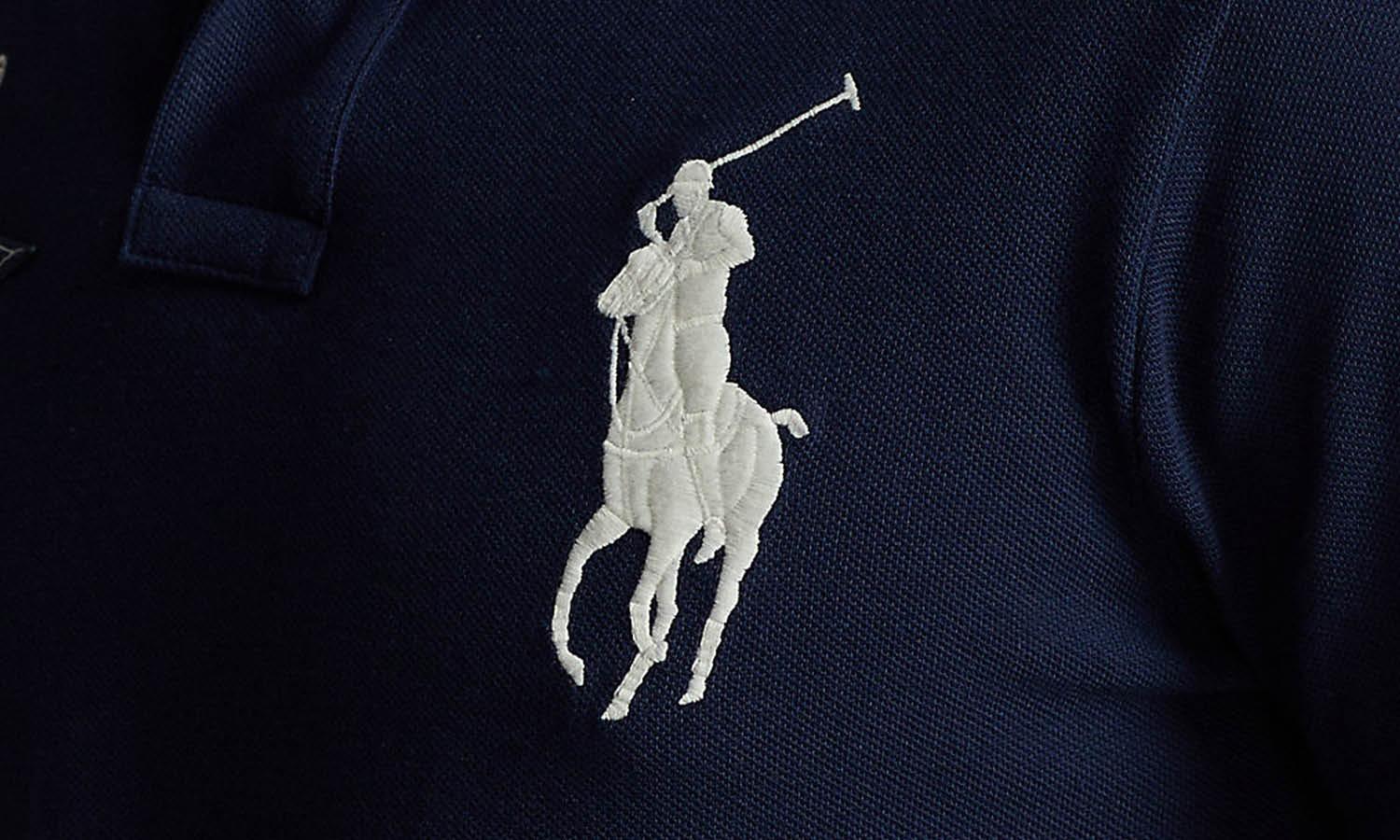

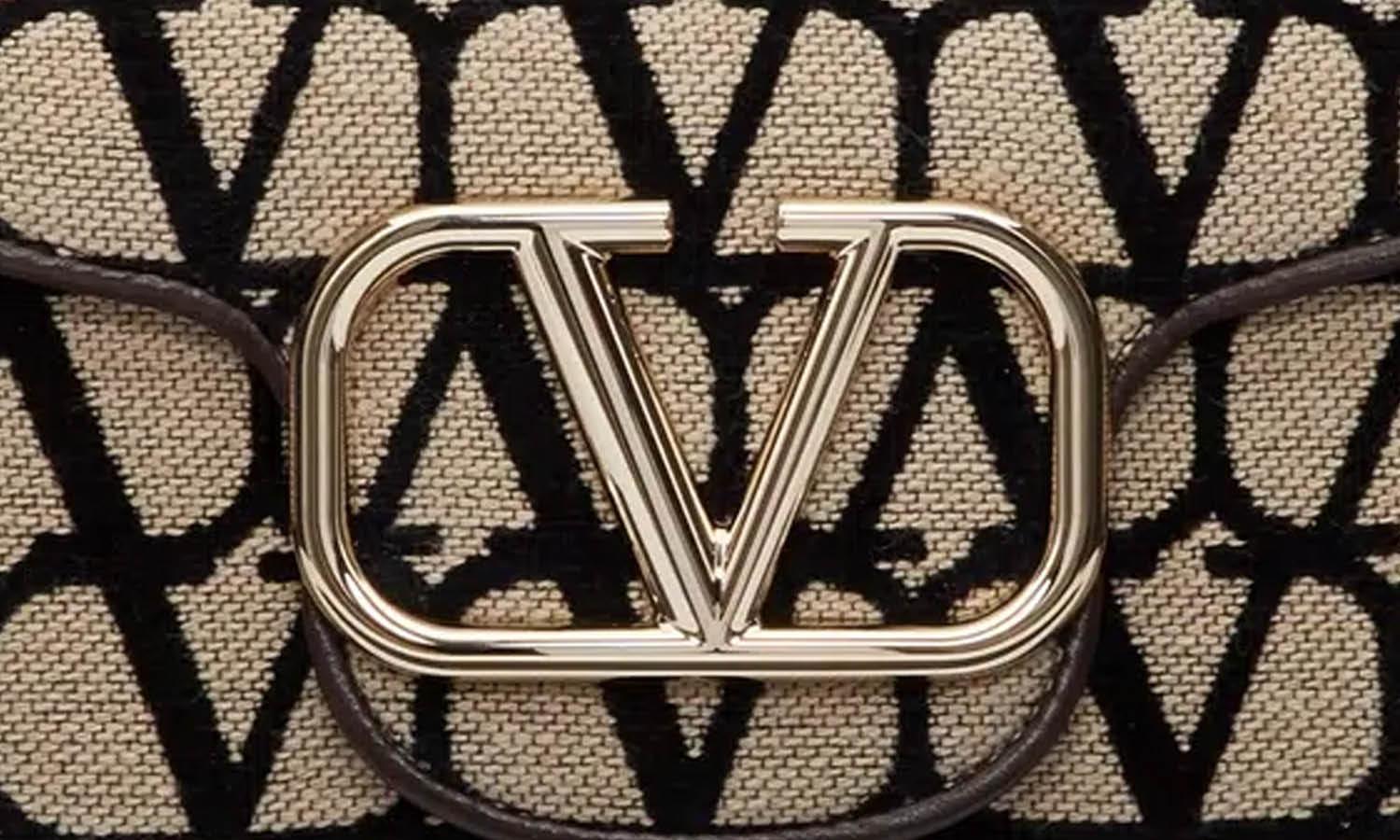
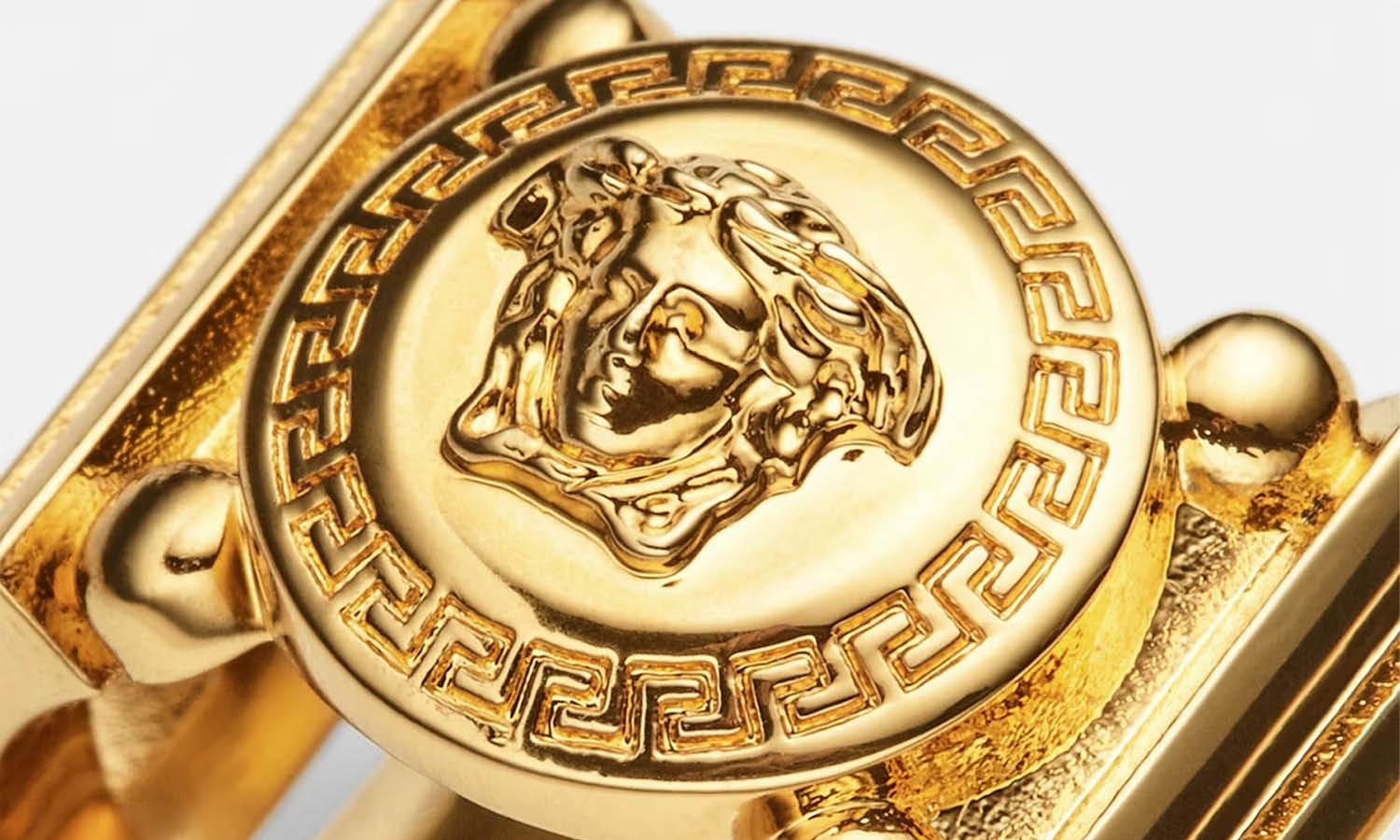
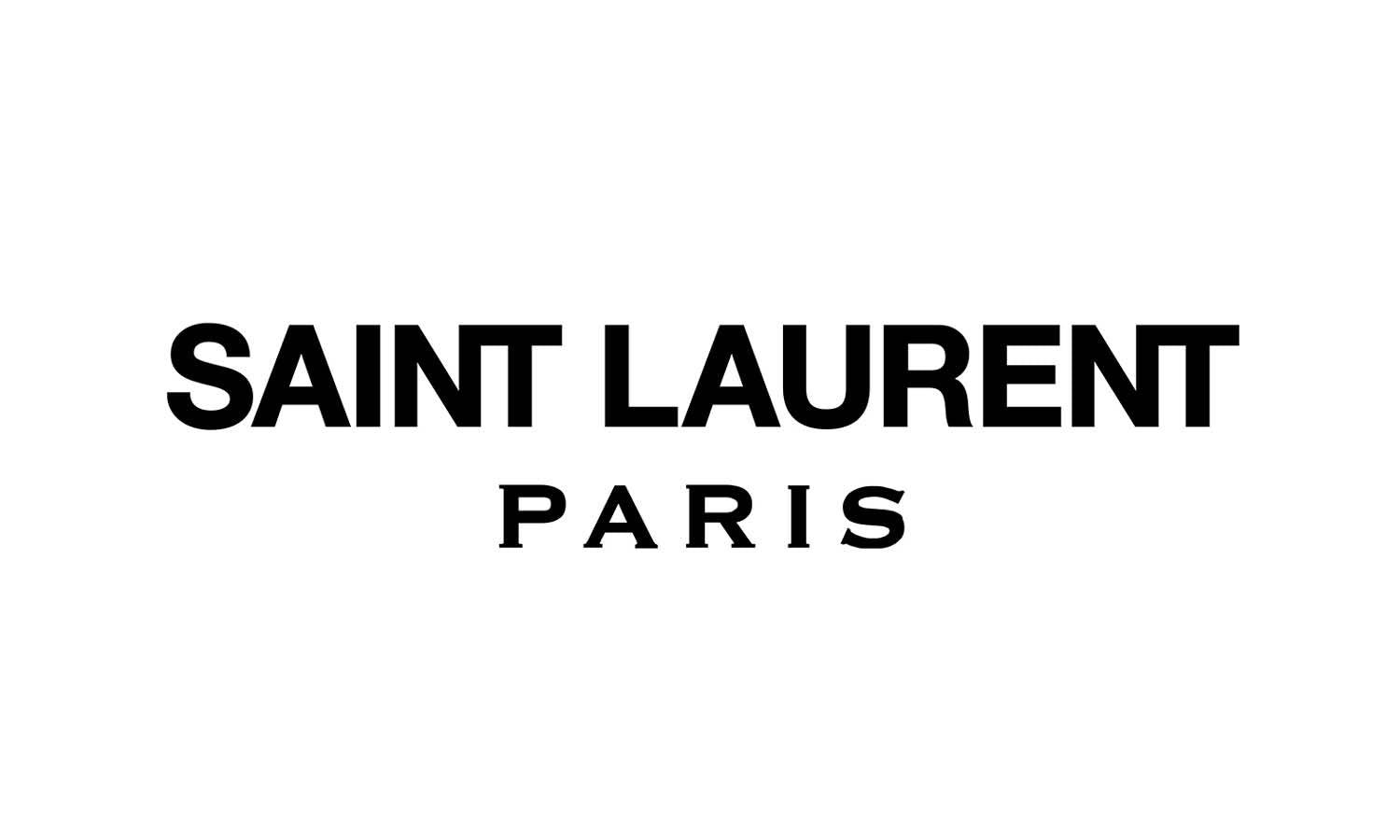
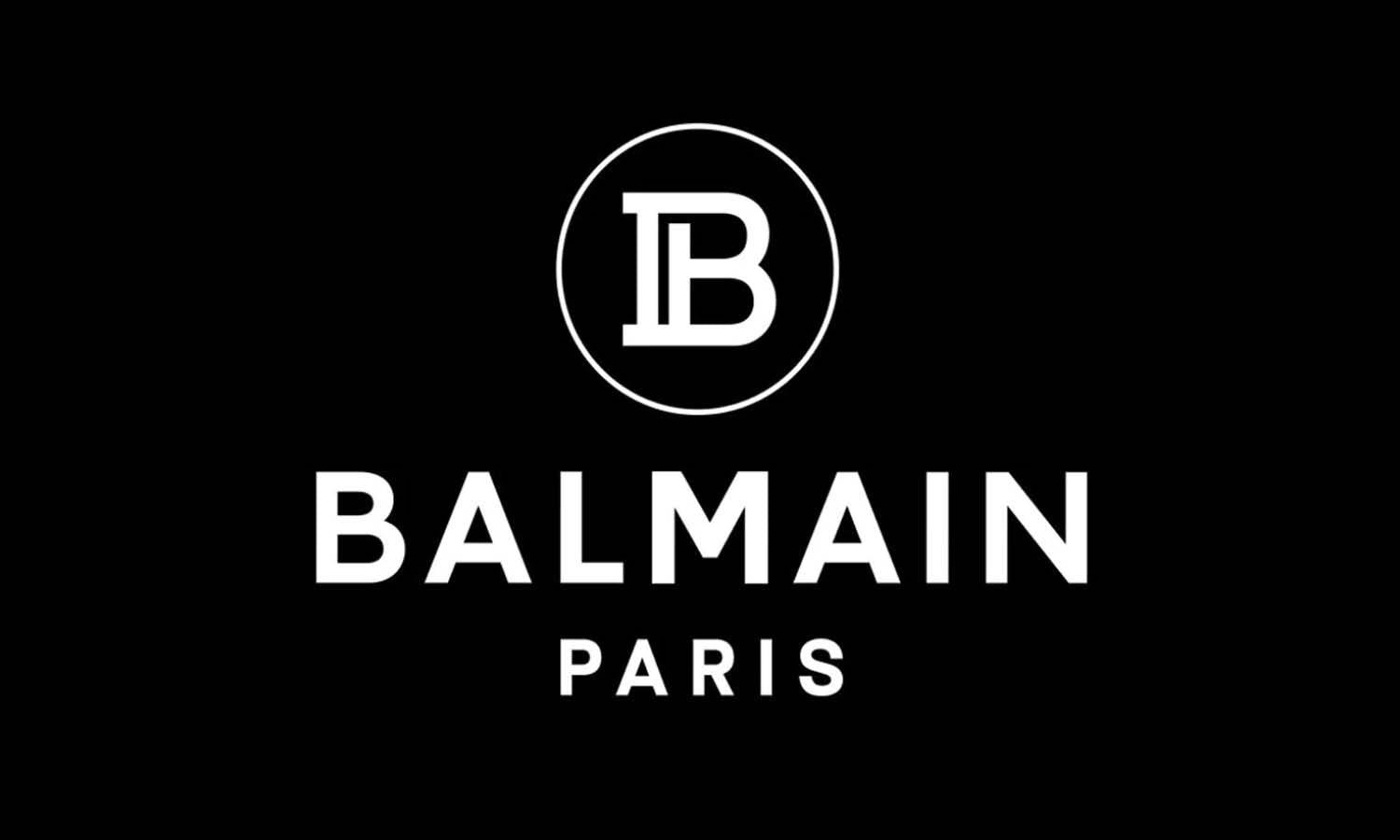
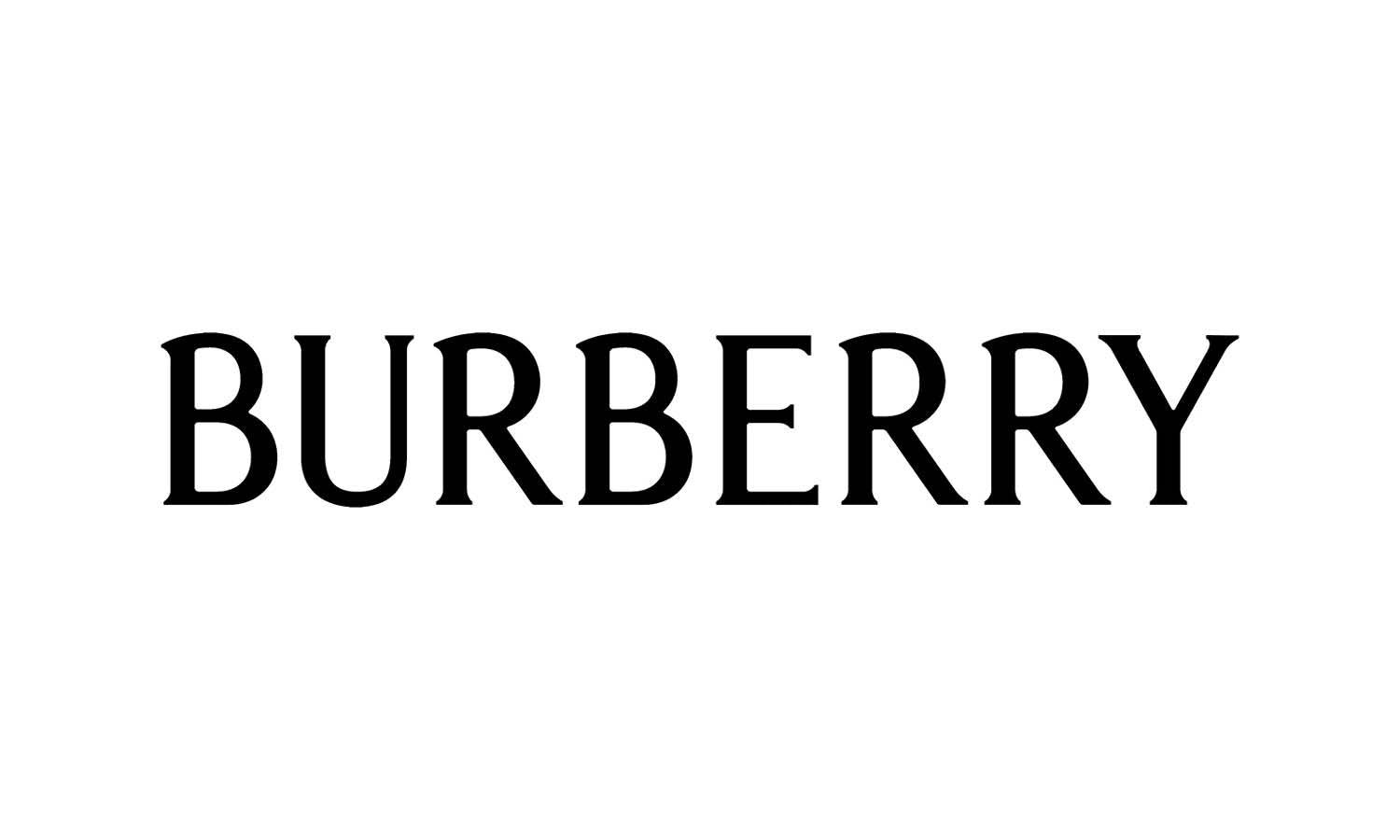








Leave a Comment